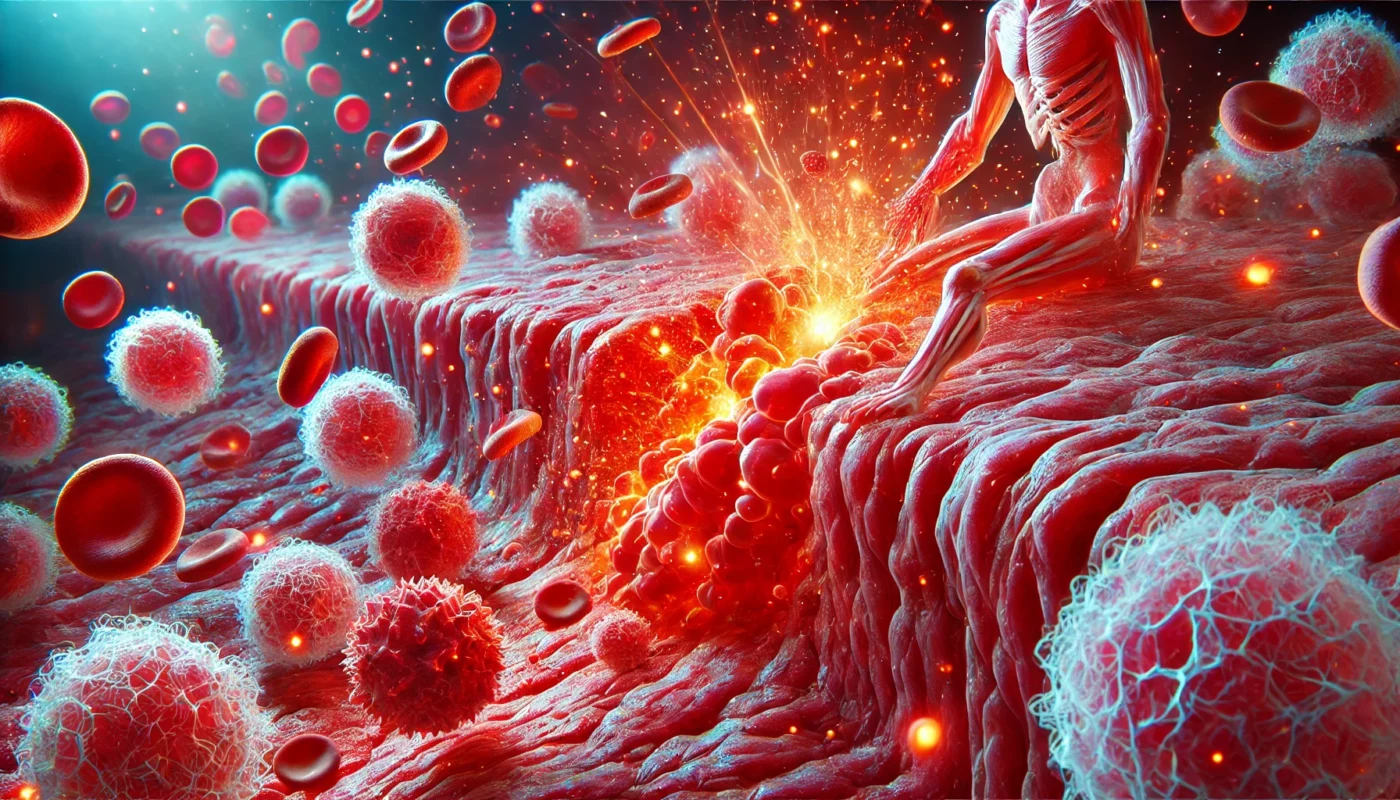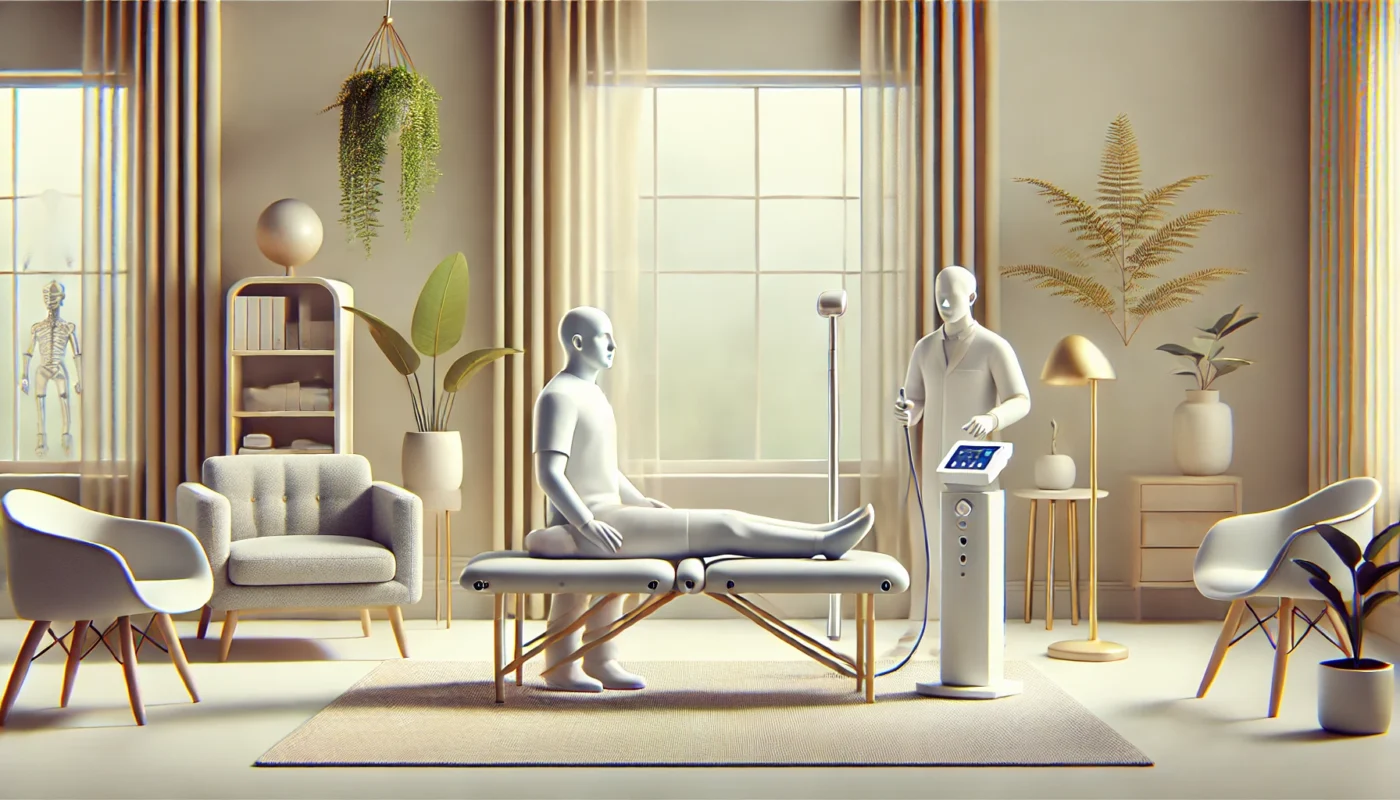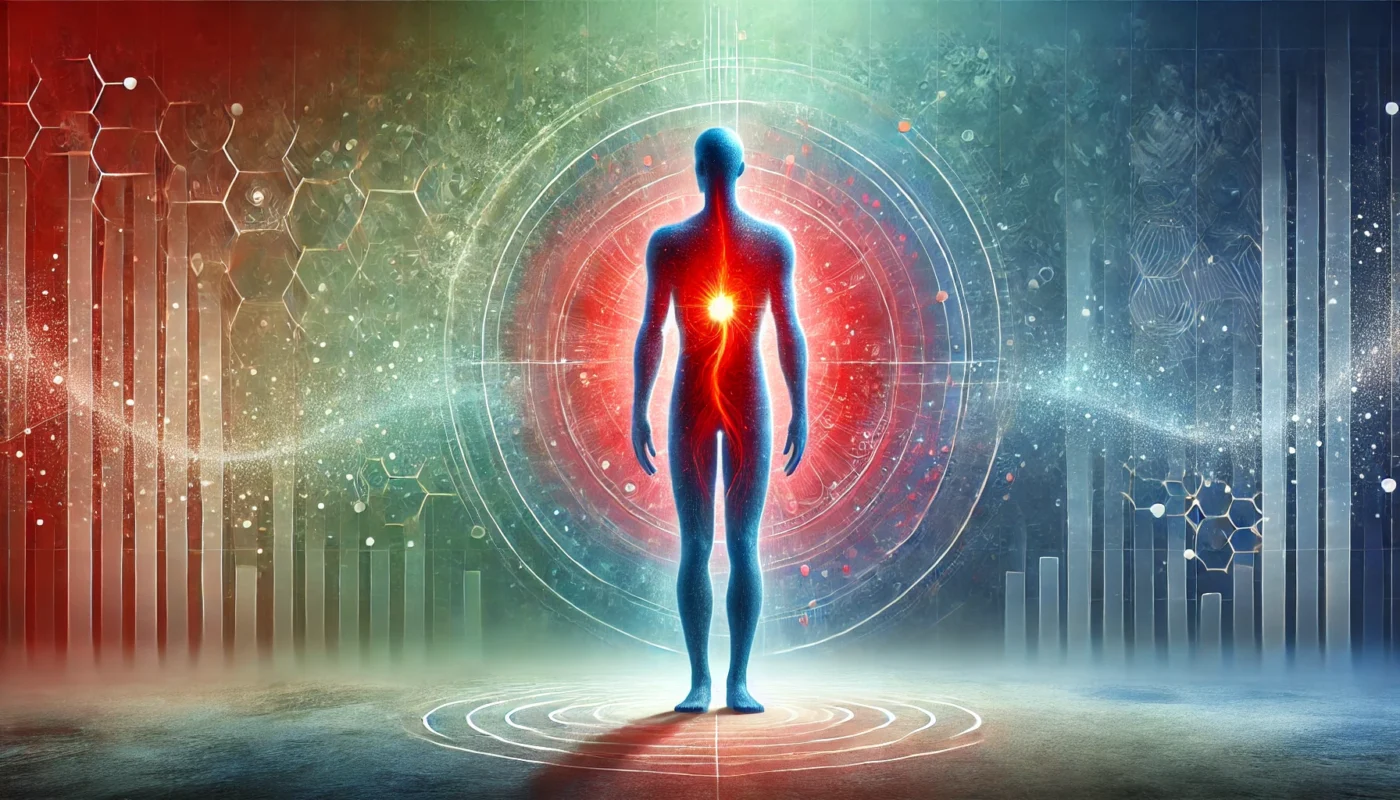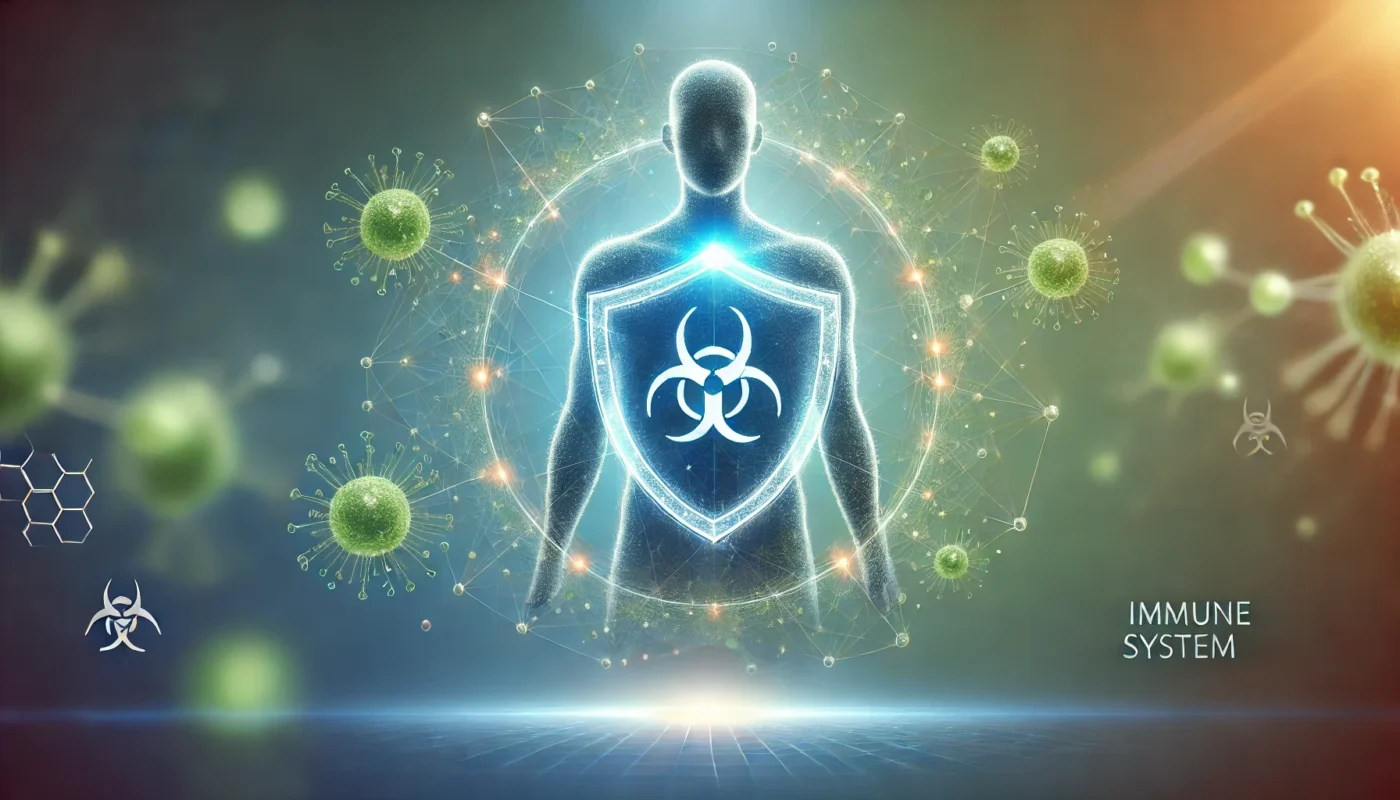Pain is an inevitable part of life, but it doesn’t have to control yours. Whether you’re a fitness enthusiast seeking to recover from a strenuous workout, a health enthusiast looking to optimize your wellbeing, or a medical patient managing chronic discomfort, understanding pain relief methods is crucial. This article delves into the top 10 pain relief methods, offering a comprehensive overview of each approach and how it can be applied to improve your health and quality of life.
Tag Archives: massage therapy
The opioid epidemic has highlighted the dire need for safer, non-addictive alternatives in pain management. While opioids can be highly effective, their potential for addiction and side effects necessitates a more cautious approach. This shift is driving healthcare providers to explore and integrate alternative methods that can be employed in emergency settings.
Inflammation is the body’s natural response to injury or infection. It serves as a protective mechanism, mobilizing the immune system to heal damaged tissue and ward off harmful pathogens. There are two types of inflammation: acute and chronic.
Pain treatment centers, often referred to as pain clinics, focus on diagnosing and managing chronic pain conditions. These facilities employ a multidisciplinary approach, combining the expertise of various healthcare professionals, including physicians, physical therapists, psychologists, and alternative medicine practitioners. The goal is to provide a comprehensive and personalized treatment plan that addresses the root causes of pain rather than just the symptoms.
Narcotics, also known as opioids, are a class of medications commonly used to manage moderate to severe pain. They work by binding to specific receptors in the brain, blocking pain signals and altering the perception of pain. While effective, narcotics carry a risk of dependence and side effects, necessitating careful monitoring by healthcare providers.
To effectively combat swelling, it’s essential to comprehend what inflammation is and its role in your body. Inflammation is a natural response by your body’s immune system to fight off harmful stimuli, such as pathogens, damaged cells, or irritants. While acute inflammation is a protective mechanism, chronic inflammation can lead to various health issues.
Acute inflammation is a short-term response that usually occurs after an injury or infection. It’s characterized by redness, heat, swelling, and pain in the affected area. The purpose of acute inflammation is to eliminate the initial cause of cell injury, clear out damaged cells and tissues, and establish a repair process. In contrast, chronic inflammation is a prolonged inflammatory response that can last for months or even years. This type of inflammation can result from failure to eliminate the cause of acute inflammation, an autoimmune response to self-antigens, or a chronic irritant of low intensity that persists.
Inflammatory cells play a crucial role in the body’s response to injury or infection. Neutrophils, monocytes, and macrophages are types of white blood cells that rush to the site of injury or infection, where they engulf and destroy pathogens and debris. These cells release enzymes and chemical signals that recruit more immune cells to the area, amplifying the inflammatory response. While these processes are essential for protecting and repairing the body, they can also cause tissue damage if left unchecked.
Autoimmune fatigue is a unique and profound exhaustion that goes beyond regular tiredness. Those who experience it describe a pervasive sense of weariness that is not alleviated by rest or sleep. This fatigue can be both physical and mental, leading to difficulties in concentration, memory lapses, and a general sense of being “out of it”. The severity of autoimmune fatigue can vary from day to day, but it often feels like carrying a heavy weight that makes even simple tasks seem insurmountable.
Bursitis commonly affects the shoulder, elbow, and hip, but it can also occur in the knee, heel, and the base of your big toe. It often results from repetitive motions or positions that irritate the bursae around a joint. Symptoms include pain, swelling, and stiffness, and the condition can significantly impact your quality of life if not addressed adequately.
Systemic inflammation refers to a persistent, low-grade inflammation that affects the entire body. Unlike acute inflammation, which is a short-term response to injury or infection, chronic inflammation can persist for months or even years. This prolonged state of inflammation can contribute to the development of various chronic diseases.
Immune inflammatory diseases represent a group of conditions where the immune system mistakenly attacks the body’s own tissues, leading to inflammation and tissue damage. This immune response, while intended to protect the body from harmful invaders, can become dysregulated, resulting in chronic inflammation and a host of health issues. Let’s explore the dynamics between inflammation and autoimmune diseases, a list of common chronic inflammatory diseases, and the multifaceted causes behind these conditions.










